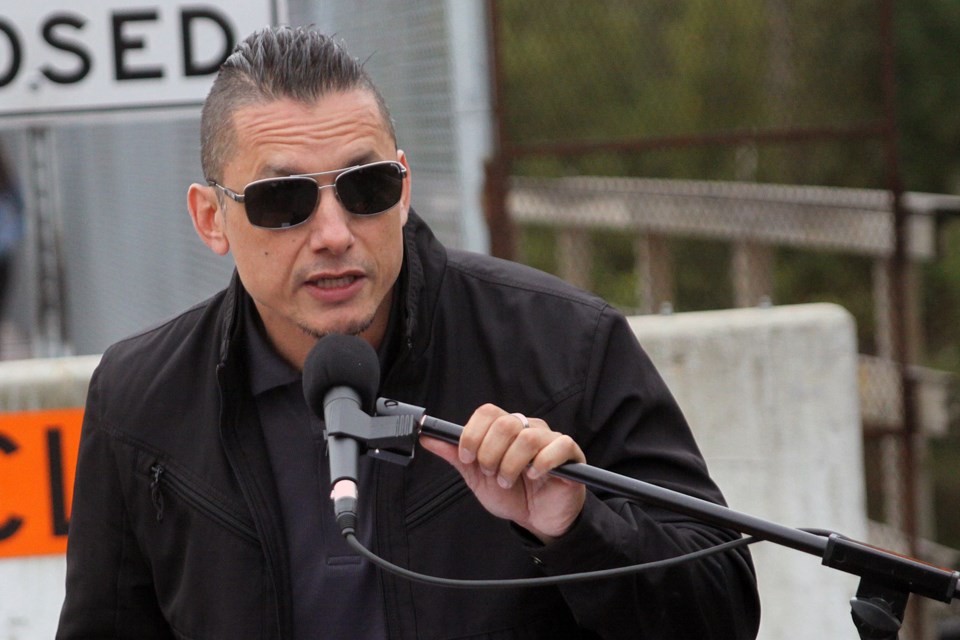FORT WILLIAM FIRST NATION, ON — Leaders on the Fort William First Nation are working with community members on ways to combat a growing problem with drug addiction, fuelled partly by gang activity.
The plan includes "safe houses" for people at risk, and looking into a by-law that would allow for the eviction of gang members.
FWFN's CEO, Ken Ogima, says the community had recognized that it was experiencing "a huge influx of gang activity, drug-dealing and addiction."
At a followup meeting this week, members discussed treatment and prevention initiatives that he hopes will result in some new initiatives in the New Year.
"Fort William First Nation is no different from the city of Thunder Bay with respect to the impact of gangs and drugs. Because we're a small community, it's actually more in-your-face," Ogima told Tbnewswatch.
He said "gangs have taken over some of our homes, taking advantage of some of our younger population, and preying on our economics through drug-dealing and the addictions."
About 1300 of FWFN's registered band members currently live within its boundaries, but the total on-reserve population including non-registered residents is estimated at 3000.
Ogima said part of the strategy is to focus on aftercare for those suffering from addictions.
Time and resources have been invested in treatment, he said, but not enough attention has been paid to ensuring that when a person returns to the community, he doesn't return to an environment that leads him back to addiction.
Ogima said FWFN hopes to establish two safe houses, one for individuals with addictions who "can just come and have a coffee and interact with support resources."
A second location would be set up for families who need to remove themselves from an unhealthy environment.
In early 2019, the leadership hopes to see the rollout of a "cluster treatment program," in which 20 or more individuals needing addiction therapy will enroll at the same time.
A second model would treat both the client and his family.
"Their family has also become part of that addict's lifestyle, so it's important to provide treatment for the families so that they too can find a way to reintegrate back to society absent that addiction," Ogima said.
Funding for the initiatives still needs to be finalized.
Asked if a supervised drug consumption site could be included in the community's strategy at some point, Ogima said he expects that "harm reduction" will come up for consideration.
According to Ogima, getting gang members to leave the reserve could be facilitated by a residency and eviction by-law.
The proposal was discussed at this week's meeting through the question "How do we take back our community?"
Ogima said a by-law would give authority to the leadership "to determine who is on the reserve and who can be on the reserve. Looking at undesirable activity, i.e. gangs, drug-dealers, those that prey on our people...That is vital in ensuring that members who undergo treatment and aftercare are not re-subjected to that lifestyle."
